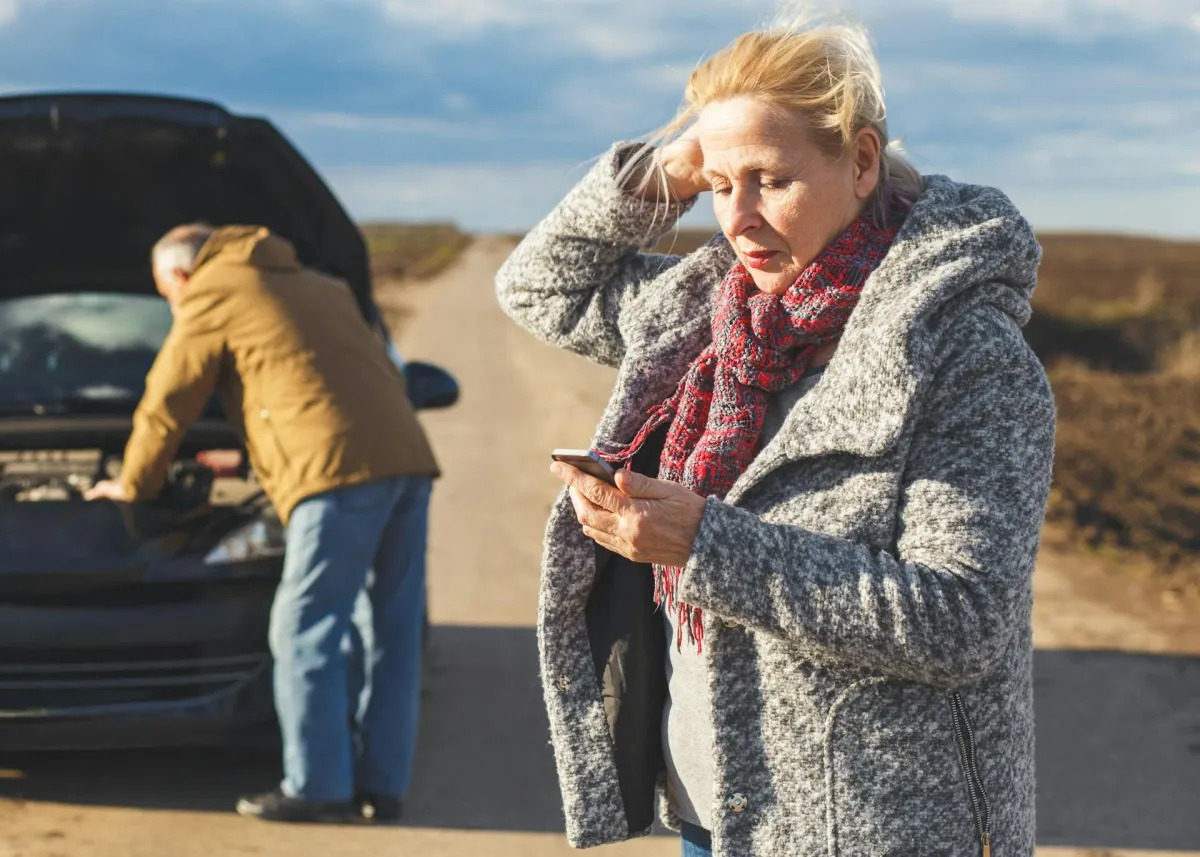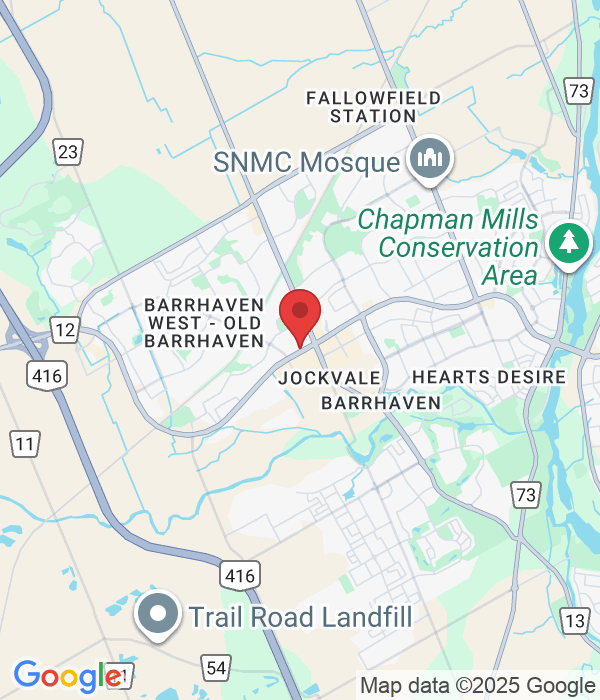Blog

Running Empty: Getting Fuel When Stranded in Ottawa
Running out of fuel in your car can feel like hitting a wall, especially when you're in a place like Ottawa where help isn't always right around the corner. It often happens at the worst possible moment—maybe you're stuck at a light, halfway through your work commute, or trying to get the kids to school. Even though modern vehicles usually give a lot of warning before hitting empty, life gets busy and it's easy to push your luck. If you’ve ever driven past the last gas station thinking, “I’ll fill up later,” you know how fast a little gamble can turn into a full stop.
When you’re stranded, the first thing that matters isn’t your car—it’s your own safety. Once that’s sorted out, knowing what to do next can keep the situation from getting worse. Having a clear head and a few practical steps in mind can save you time, money, and stress. Whether you’re downtown or out near the edge of the city, it helps to know your options and when to ask for support.
First Steps When You Run Out Of Fuel
If your car starts sputtering and won’t pick up speed, that’s usually a sign your fuel tank is running on fumes. As soon as you notice this, try not to panic. Take your foot off the accelerator and put on your hazard lights to warn others. You’ll need to find a safe place to pull over—ideally somewhere that’s flat and off the main road.
Once you’re safely stopped, think about your surroundings. If it’s dark or you’re on a blind curve, stay in your car and keep your seatbelt on. Never push your car across an active road unless you’ve got full visibility and traffic is light. Your safety comes first, not the car’s location.
Before pulling out your phone, double-check it has charge. If the battery is low, close unused apps and dim the screen to save power. Now’s the time to call for help or search for support, so you’ll want every bit of charge available. If you’ve got a portable charger in the glovebox, this is exactly what it’s for.
Take a minute to:
- Turn on hazard lights
- Pull over safely and put the vehicle in park
- Make sure you and your passengers stay calm
- Check your phone battery and charger availability
- Note your current location—use street signs, landmarks, or your phone’s GPS
Preparing yourself makes it easier to explain the situation when reaching out for help. You’ll need to know where you are and what kind of assistance you need. Once you've handled that, it's time to figure out how you’re actually going to get that missing fuel.
Options for Getting Fuel Quickly
If you’re familiar with the area, you might already know where the closest gas station is. But if you’re in a new part of town or stuck somewhere unfamiliar, grabbing your phone to search isn’t always straightforward. Some rural parts of Ottawa don’t have a station for several kilometres. Even in the city, construction or traffic can make walking or driving there unsafe.
You’ve got a few choices, depending on where you are and what time it is:
- Nearby fuel station: If it’s safe to leave your vehicle and the station is close, this might work. Still, avoid walking along busy or poorly lit roads.
- Public rides: If transit routes are operating, hopping on a nearby OC Transpo bus could help you reach a station safely. This works best in daytime hours near city routes.
- Ride-sharing: Apps like Uber and Lyft operate across Ottawa and are another option to get to a station and back.
Some drivers might try flagging down help, but keep in mind that not everyone will stop for safety reasons. If you’re near a business or mall, you could ask staff if anyone has a fuel container to lend, but only do this if you feel comfortable approaching them.
Each option comes with its risks, especially depending on the time of day and where the car is parked. Late evenings or bad weather conditions lower visibility, and walking might not be a good plan. That’s when roadside fuel delivery can really save time and lower the risk.
Roadside Fuel Delivery Services in Ottawa
Running out of gas doesn’t always mean your day has to grind to a halt. In urban areas like Ottawa, roadside fuel delivery services offer a way out that keeps you safe and saves time. If you don’t feel comfortable walking or leaving your car, this is often the most convenient option.
When you call for roadside fuel delivery, a technician arrives with enough fuel to get your car going again. They'll either give you just enough to reach the nearest station or fill it based on what you request. You don’t need to bring a gas can, search the streets for help, or risk crossing busy roads on foot. The whole idea is to stay put and let the help come to you.
That being said, not all fuel delivery services operate the same way. Some may be available 24 hours, while others stick to daytime hours. Even if you’re using an app or website, double-check you’re ordering from a local provider. This makes the response time faster and reduces the chance of long waits during cold months or busy road conditions.
When choosing a roadside fuel delivery service in Ottawa, be sure to:
- Confirm their service area covers your exact location
- Ask about wait times upfront
- Check if they provide the type of fuel your car needs (regular, premium, or diesel)
- Make sure their pricing is clear to avoid surprise charges
- Read recent online reviews if you're uncertain
Ottawa mornings in late September can get chilly, especially if you're stuck on the side of the road during your morning commute. Having someone come to you instead of trying to find fuel on foot makes a big difference.
Safety Tips While Waiting for Assistance
Being stranded doesn’t have to mean being at risk. The way you handle the time while waiting really matters. Ottawa has a mix of urban and suburban areas, and depending on where you’ve stopped, the situation can vary. Whether it’s the downtown core or a rural road near the outskirts, staying alert but relaxed is the key.
If it's getting dark or cold, stay inside your car where it’s warmer. Lock your doors, crack a window slightly if needed, and conserve battery power by turning off anything unnecessary apart from the hazard lights. If you know help is on the way, avoid accepting rides from strangers. While people often mean well, it's safer to wait for professionals to arrive.
Here’s how to stay safer and more comfortable:
- Turn on interior lights if it’s dark to help responders find you
- Keep a blanket or jacket within reach for warmth
- Drink water if you're going to be waiting a while
- Don’t drain your phone by scrolling or watching videos
- If it’s safe, pop your hood slightly as a signal that you need help
Ottawa weather in September can swing between late-summer sunlight and chilly twilight. If you’re stuck in the morning or early evening, be ready for cooler temperatures. Having these safety habits down helps while making the whole wait much less frustrating.
Getting Back on the Road
Once help arrives and fuel is in your tank, it’s not just about turning the key and driving off. Give your vehicle a minute to cycle the fuel through the system, especially if it completely emptied. Cars that were running very low on gas might cough a bit, but that usually clears a few moments after fuelling.
Before merging back into traffic, check that your warning lights have gone off. If anything looks or sounds odd—like flickering dashboard lights or jerky steering—take a breath. Pull into a parking lot or shoulder and let the car run for a few minutes. This can help the internal systems reset properly.
Here are practical steps to follow before heading out:
1. Start your engine and wait until it runs smoothly
2. Check mirrors, windows, and lights for clear visibility
3. Double-check the fuel gauge to make sure the reading is accurate
4. Carefully re-enter traffic when it's completely safe
5. Plan your route to reach a gas station soon to top up fully
Getting your car moving again can feel like a relief, but it’s also a reminder. That red fuel light doesn’t leave much wiggle room, and the last stretch before empty isn’t always predictable.
Making It Easier Next Time
Running out once is enough for most people to never want to do it again. The good thing is that staying fuel-conscious doesn’t require anything complicated. A few simple habits go a long way and add peace of mind, especially when driving around a wide area like Ottawa where long distances between stations can sneak up on you.
Always aim to refill when your tank is one-quarter full, not when it’s pushing empty. This gives you more breathing room, especially during traffic delays, emergencies, or in unfamiliar neighbourhoods. During Ottawa’s late September weather, shorter daylight hours also mean unexpected delays feel longer. You don’t want to be on empty with the sun dipping below the horizon.
To make things easier, consider keeping these on hand:
- A portable phone charger or power bank
- A reusable gas container stored safely in your garage (not in the vehicle)
- A small emergency kit with a blanket, water, flashlight, and backup snacks
- Phone apps that show gas stations nearby and your fuel usage
- Written directions or notes in case your phone battery dies
While the panic of running out of fuel is never fun, it usually only happens once before better habits kick in. Starting with a plan and staying mindful of your fuel levels helps you avoid the inconvenience altogether.
Ottawa drivers already face their fair share of traffic changes, roadwork, and unpredictable weather. Being ready for anything makes your drives smoother and your days more predictable—even when things don’t go as expected.
Low on fuel and stuck in Ottawa? Don’t let it ruin your day. With reliable roadside fuel delivery, Most Valuable Towing helps you get back on the road quickly and safely, without the added stress.

24 Hours – 7 Days a week
Service Areas In Ottawa, Ontario
Kars
Kenmore
Limoges
Manotick
Metcalfe
Kenmore
Munster
Navan
Nepean
North Gower
Orleans
Osgoode
Ramsayville
Richmond
Rockcliffe
Russell
Rockland
Saint-pascal-baylon
Sarsfield
Stittsville
Vanier
Vars
Westwood
Woodlawn
If you’re ready to be towed currently, please call us directly on 343-503-0866 /
info@ottawatowtruckservice.com
For Bookings and Accounts, please call
Copyright © 2024 Ottawa Tow Truck Service. All Rights Reserved.
